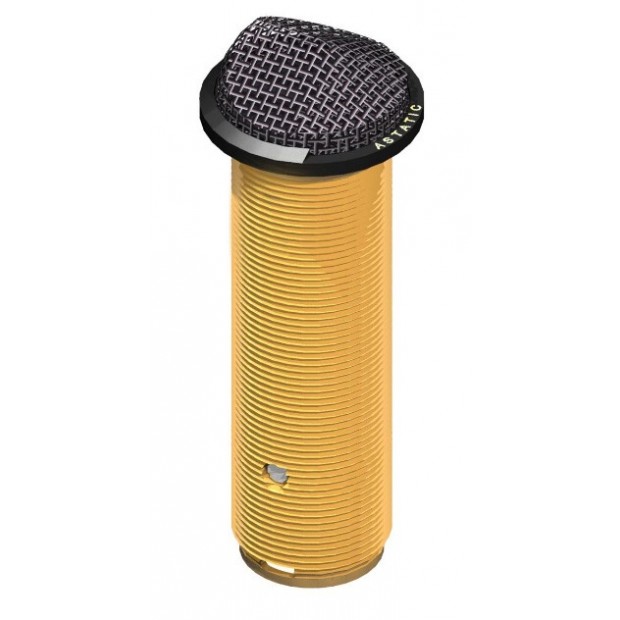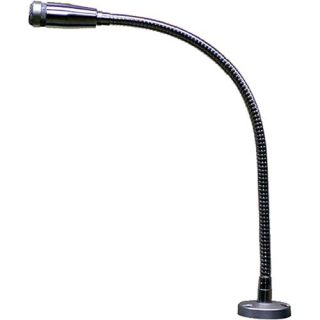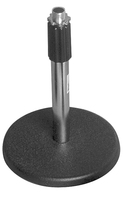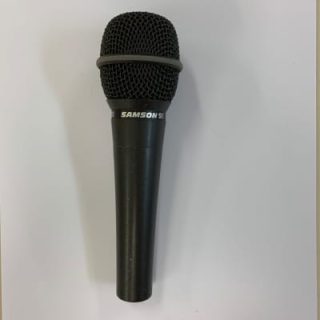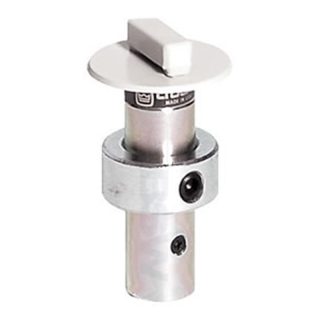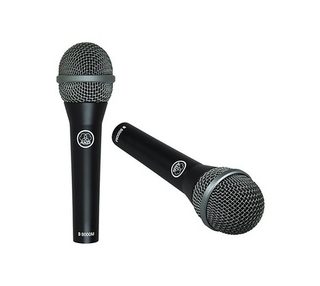Category
filter by categories
- USED EQUIPMENT ALL146146 products
- AUDIO USED4444 products
- -Consoles Used1414 products
- -DSP Audio Devices Used66 products
- -Loudpeakers Used88 products
- -Monitors Used11 product
- -Signal and Effect Processing Used1515 products
- Playback Devices22 products
- LIGHTING USED6363 products
- -Conventional Fixtures and Dimmers3636 products
- -LED Lighting Used1111 products
- -Lighting Controllers Used1212 products
- -Moving Lights Used77 products
- STAGING USED1313 products
- VIDEO USED2222 products
- -LED Screens Used22 products
- -Projectors and Lenses Used66 products
- -Video Processing Used44 products
- Cameras and Recording1010 products
- AUDIO USED4444 products
- AUDIO4949 products
- -Accessories Audio1818 products
- -Amplifiers New11 product
- -Microphones and Stands1616 products
- -Speakers and Accessories new99 products
- Racks, Cases, and Accessories55 products
- Wireless Systems22 products
- CLEARANCE ITEMS9191 products
- -Audio Clearance6969 products
- Audio Accessories44 products
- Consoles, Mixers and Accessories11 product
- Microphones, Stands and accessories2424 products
- Processing, Control, and Accessories22 products
- Racks, Cases and Accessories33 products
- Speakers and Accessories1111 products
- Wire, Cable, and Connectors22 products
- Wireless Systems1010 products
- Wireless Accessories44 products
- -Lighting Clearance44 products
- Lighting fixtures cl22 products
- -Video Clearance1717 products
- Projection Screens11 product
- Projectors, lenses and accessories cl44 products
- Video switchers, scalers, convertors and accessories cl55 products
- -Audio Clearance6969 products
- LIGHTING55 products
- -Accessories Lighting44 products
- -Truss and Rigging New11 product
- MAKE AN OFFER5555 products
- Audio make an offer pre owned1515 products
- Lighting make an offer pre owned4040 products
- STAGING11 product
- -Staging Platforms New11 product
- VIDEO77 products
- -Projectors, Lenses, and accessories11 product
- -Video Accessories33 products
Astatic 201R: clear out 95.00 – 1. available Install Microphone mini cardioid
RF Resistant Cardioid Condenser Mini-Boundary Microphones Miniature installation cardioid “button” style condenser boundary mics for use in teleconferencing or voice lift sound reinforcement. Also may be used in surveillance, ambient recording or audio observation applications. Improved RF immunity to greatly reduce susceptibility to radio interference from GSM based cell phones, PDA/cell phones, cell phones with walkie-talkie capability and other similar devices.
Specifications:
Operating Principle: Electret Condenser
Polar Pattern: Cardioid
Frequency Response: 100Hz – 15kHz
Sensitivity: -36dBV (16mV) @ 1Pa
Impedence: 150ohms
Self Noise: 29dBA
Max SPL: 129dB, 1% THD
Power Requirements: P12, P24, P48, 2.4 mA
You may also like…
-
Astatic 119LB: clear out 95.00 – 1. available Podium Microphone
Read more[wpforms id="87" title="true"]Key Features- Includes 19″ Gooseneck and Flange Mount
- Gentle High Frequency Rise
- Low Frequency Noise Filter
- Cardioid Polar Pattern
- 5.5′ (1.7 m) Two-Conductor Cable
- Black
The Astatic 119LB Cardioid Gooseneck Microphone is designed to accurately capture speech in conferences, lectures, sermons, and general public address applications. The microphone includes a 19″ gooseneck and mounting flange. Also featured is a rubber-mounting ring that supports the element and reduces gooseneck, stand and handling noise.
Its cardioid polar pattern effectively reduces off-axis and ambient audio that can cause feedback. A multi-stage blast filter protects the microphone element from noise caused by popping, breath and wind. The frequency response accentuates vocals with a slight rise in high frequencies, and a low frequency noise filter. The 119LB includes a 5.5′ (1.7 m) long two-conductor cable. The cable is shielded to reduce noise caused by radio-frequencies and is unterminated for adapting desired connectors, or attaching to public-address amplifiers.
Related products
-
Yorkville MS-105: 5.00 – 1. available Round Base Desk Stand
Read more[wpforms id="87" title="true"]Round-base desktop microphone stand, height adjustable from 9″ to 13″, available in chrome or black finish.
Max. Height (inches/cm): 13 / 33
Min. Height (inches/cm): 9 / 22.9
Base Span (inches/cm): 6 / 15.2
Weight (lbs/kg): 2.5 / 1.1
Colour: Chrome -
Samson S12 microphone: clear out 15.00 – 1. available
[wpforms id="87" title="true"]Read more- High output Neodymium mic element delivers up to 6 dB of additional gain
- Hypercardioid pattern for maximum gain before feedback
- Specially designed shock mount element reduces handling noise
- Flat, full-range frequency response for exceptional sound quality
- Heavy-duty mesh basket with anti-dent ring
- Die-cast Zinc case reduces handling noise and increases durability
- Gold-plated XLR connector resists tarnish and ensures maximum connectivity
- Mic clip and carry case included
-
Crown Audio PZM10: 75.00 – 1. available Miniature Security Microphone (Black)
[wpforms id="87" title="true"]Read moreThe Crown PZM10 is a miniature microphone designed for security, surveillance and concealed operation. The microphone’s pressure-zone capsule is hidden behind an inconspicuous enclosure and the 3/4-inch cylindrical design mounts flush into any surface. The capsule features an optimized frequency response, ideal for capturing vocals and minimizing ambient noise from air-conditioners, fans, etc. The PZM10 features a hardwired 3-pin XLR connector and is powered with 12-48V phantom power.
-
AKG D72S Microphone: clear out 45.00 – 1. available with switch
Read more[wpforms id="87" title="true"]Brand:AKGForm Factor:Dynamic MicrophoneModel:D72SConnectivity:XLR 3 PinFeatures:On/Off SwitchTransducer Type:DynamicSuitable For:Live Performance

